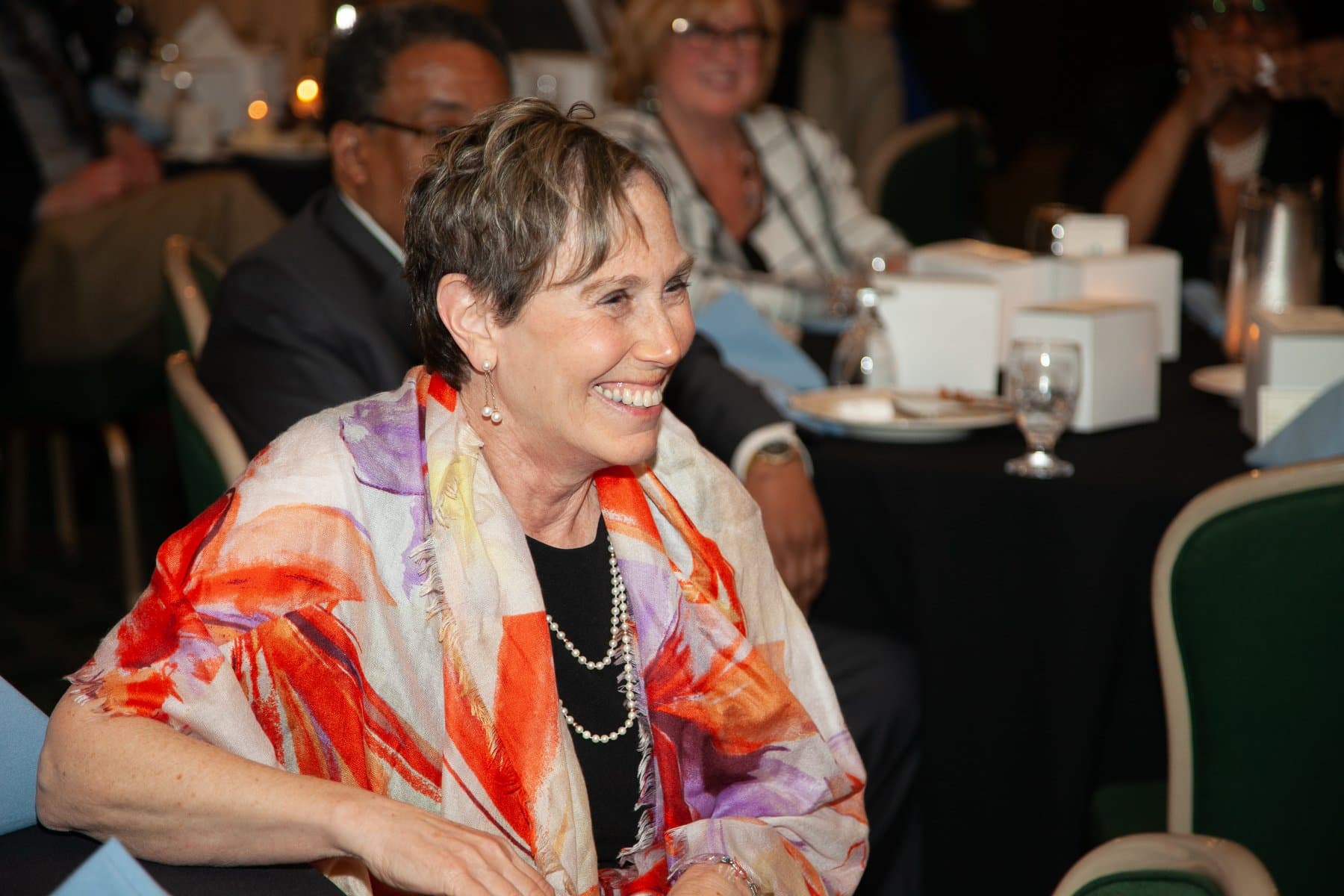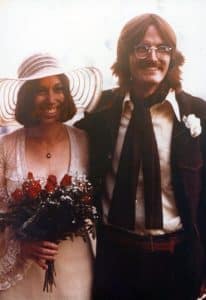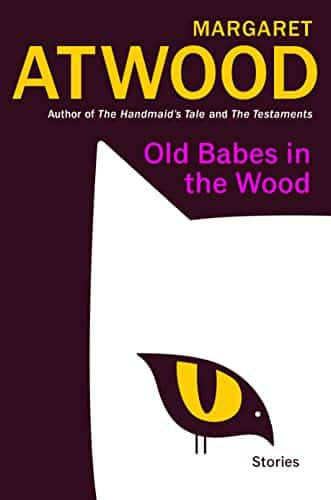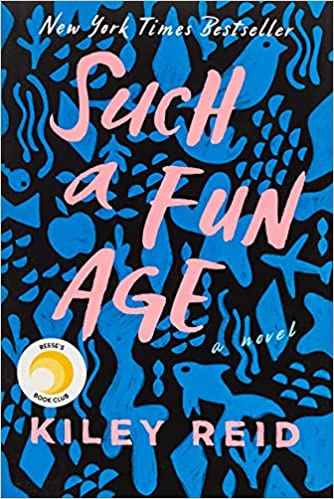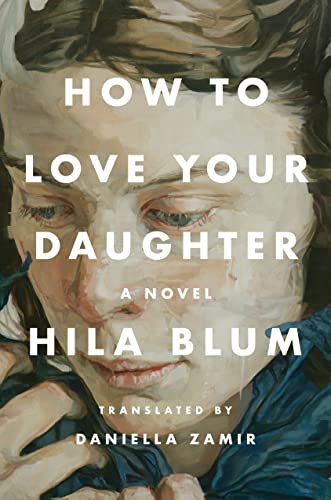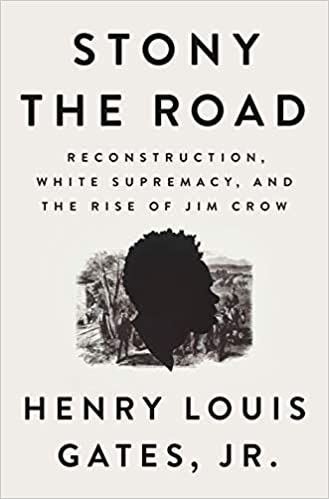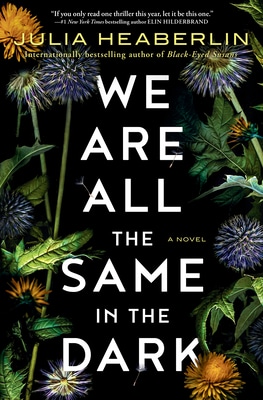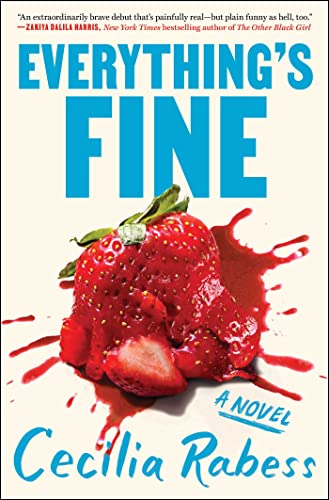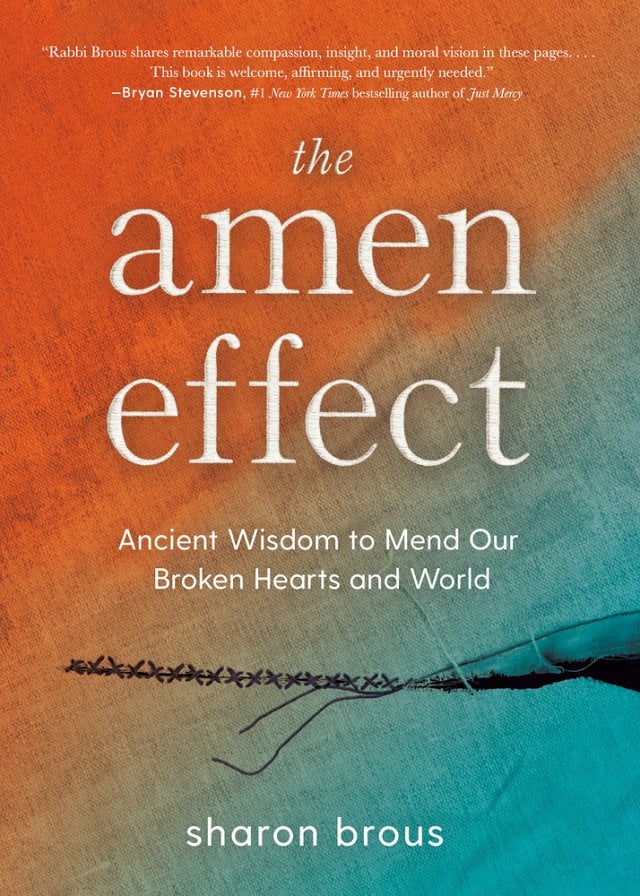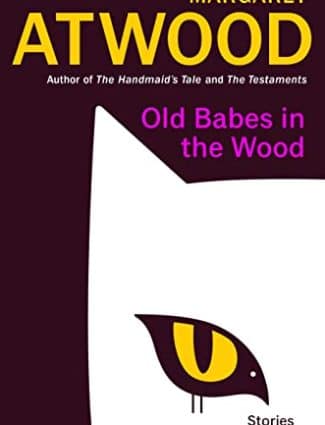
I’m OK and Still Married
If Love Never Dies, Does Marriage Ever End?
Estimated reading time: 1 minute, 24 secondsAfter my wife Jan passed away, someone told me I couldn’t find a new partner if I continued wearing my wedding ring. This comment took me aback, and I didn’t want to explain that I was still married because I was afraid that others would think I was crazy for still being attached to my late wife.
This exchange brought to mind Margaret Atwood‘s “Widow” story, where the character Nell experiences a similar situation. Atwood notes in the preface that widows are often viewed as wealthy and vulnerable.
In the story, Nell is asked if she is dating, which she takes as a joke but isn’t sure if it was meant that way. Nell answered sternly, “I’m a widow. Tig just died.” She decided to let it go as “geriatric flirting.”
The man responds, “So, you’re hunting?”
Since Jan’s passing, I’ve prioritized living life to the fullest and positively impacting the world. I have yet to consider finding a new partner or getting married again, and I’m not actively looking for one. While some people may choose to date after losing a partner, I prefer to honor Jan’s memory by focusing on my journey with purpose and passion.
The Jan Lilien Education Fund sponsors ongoing sustainability and environmental awareness programs. Gifts made this month; I will match dollar-for-dollar. All donations are tax-deductible.
I receive a commission when you buy a book or product using a link on this page. Thank you for supporting Sharing Jan’s Love blog.
